Tourist attractions rise and fall in popularity, but these 19 historic sites in the U.S. have seen epic visitor declines. Some of this can be attributed to the internet and the availability to “experience” the locations without traveling anywhere, and others because people have become less interested in those aspects of history.
Alcatraz Island, San Francisco, California
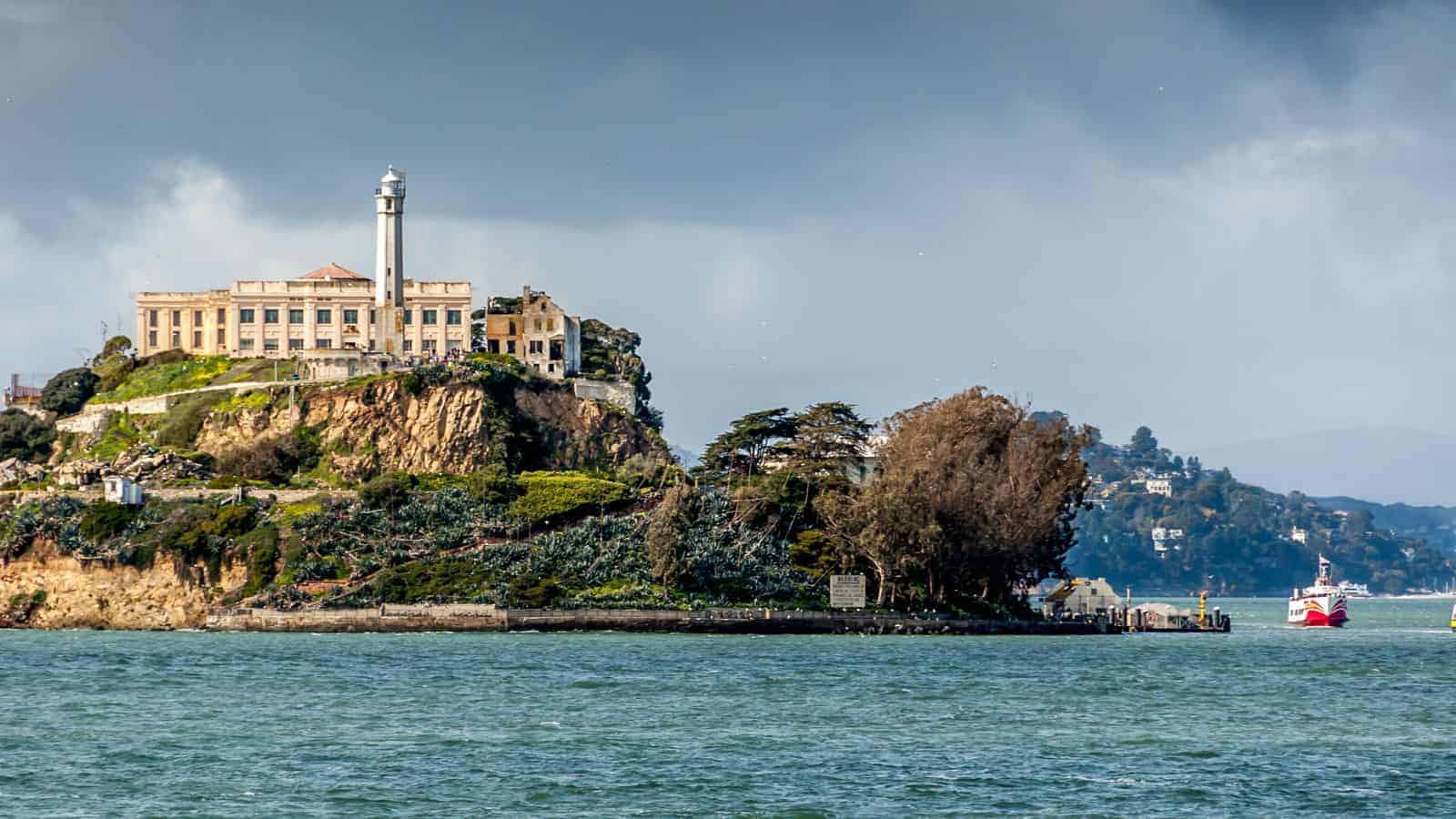
Once notorious as a federal prison housing infamous criminals, Alcatraz Island’s allure has waned over the years. Despite its rich history and panoramic views of San Francisco Bay, visitor numbers have declined. The island’s remote location and the availability of more accessible attractions in the city may contribute to its decreasing popularity.
Gettysburg Battlefield, Pennsylvania
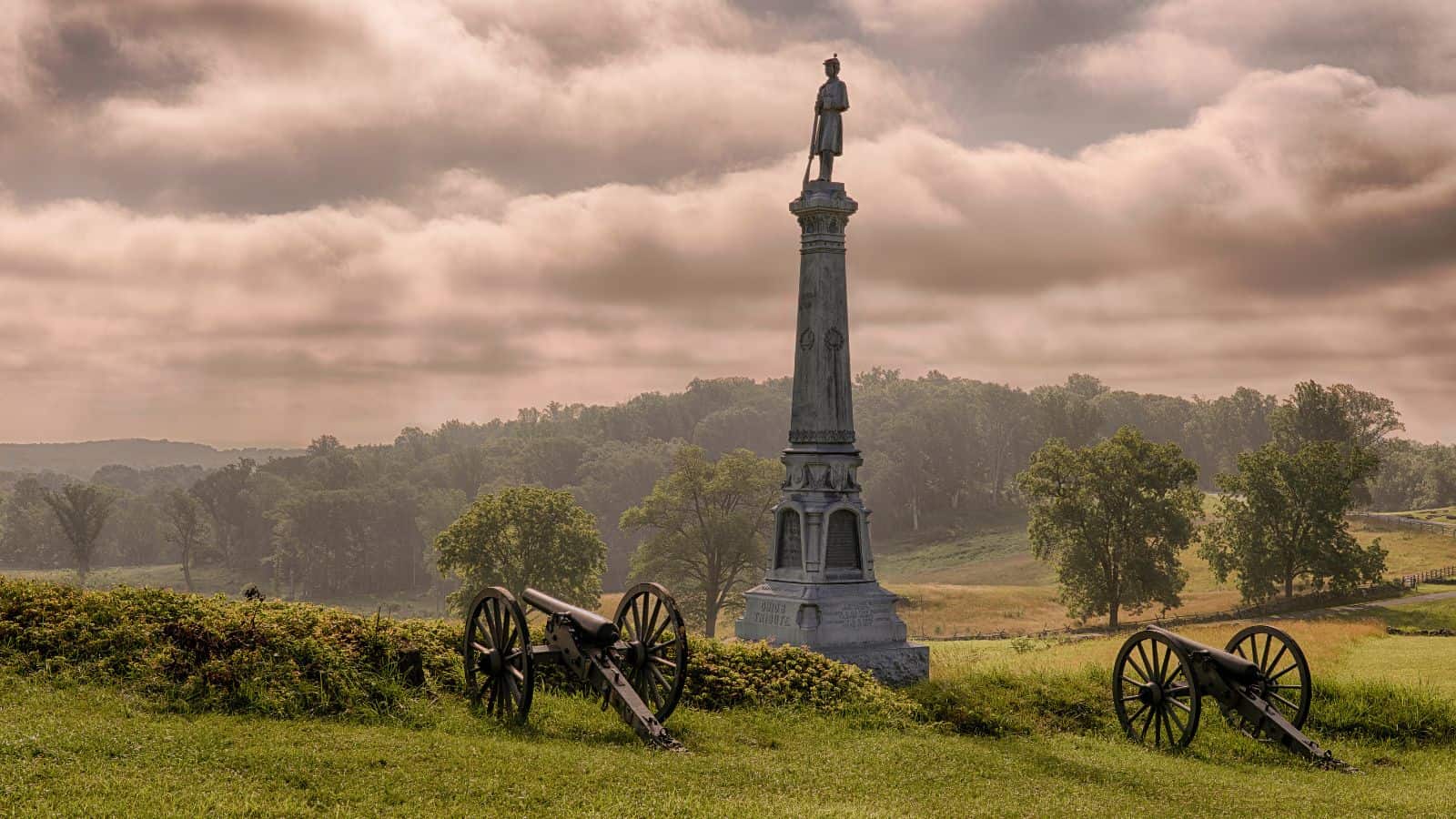
The Gettysburg Battlefield, a pivotal site in American history, has seen a dip in visitation. While it once attracted history enthusiasts in droves, the site now competes with a multitude of digital and interactive historical experiences, leading to a decline in physical visitors.
Mount Rushmore, South Dakota
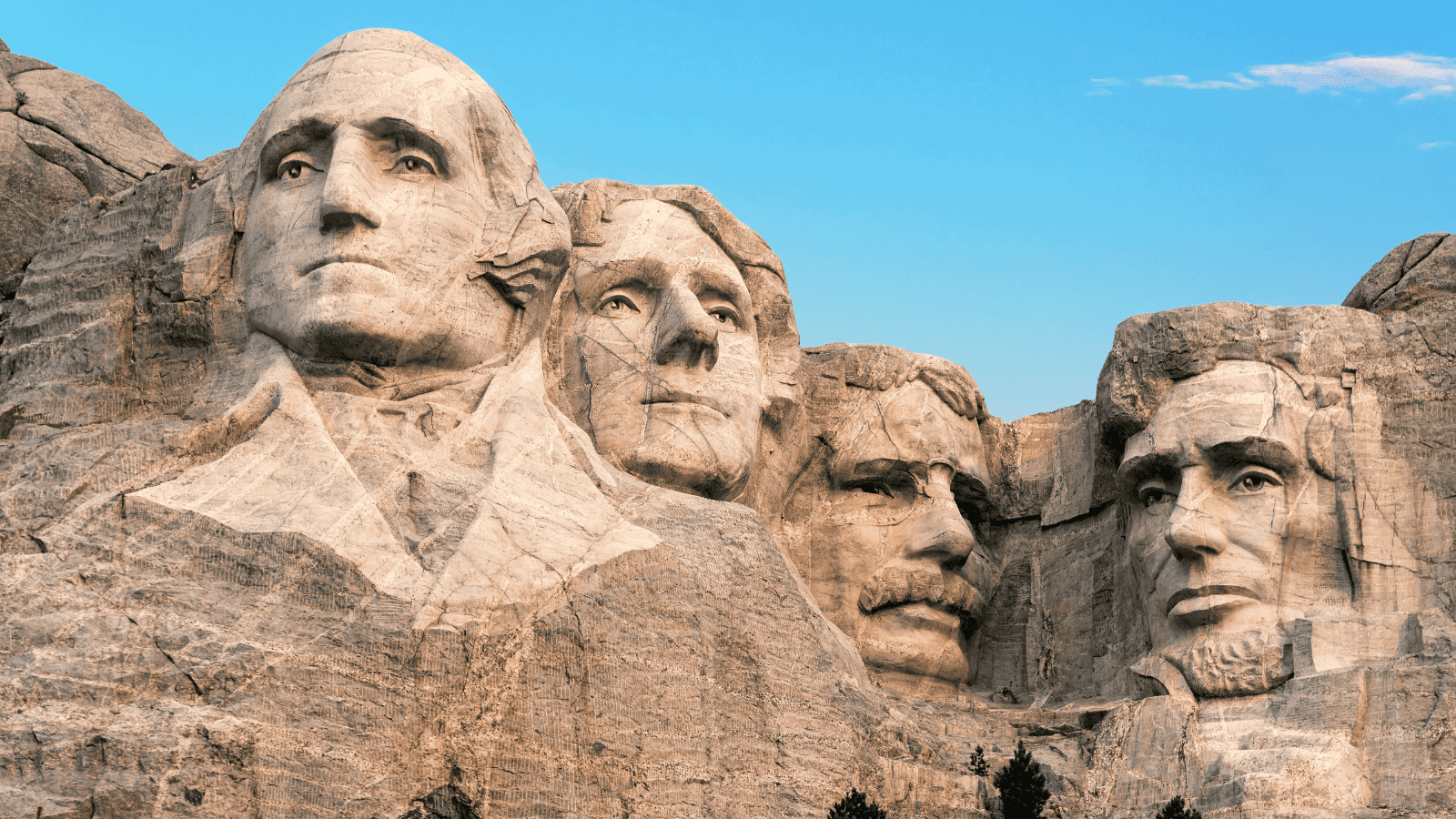
Mount Rushmore, with its presidential visages, saw 2.43 million visits in 2023. SDPB says this is down by about 9,000 visitors, or 0.37% from 2022. Factors such as its remote location and the controversy surrounding the land’s historical significance to the Native American community have impacted its status as a must-see destination.
Plymouth Rock, Massachusetts
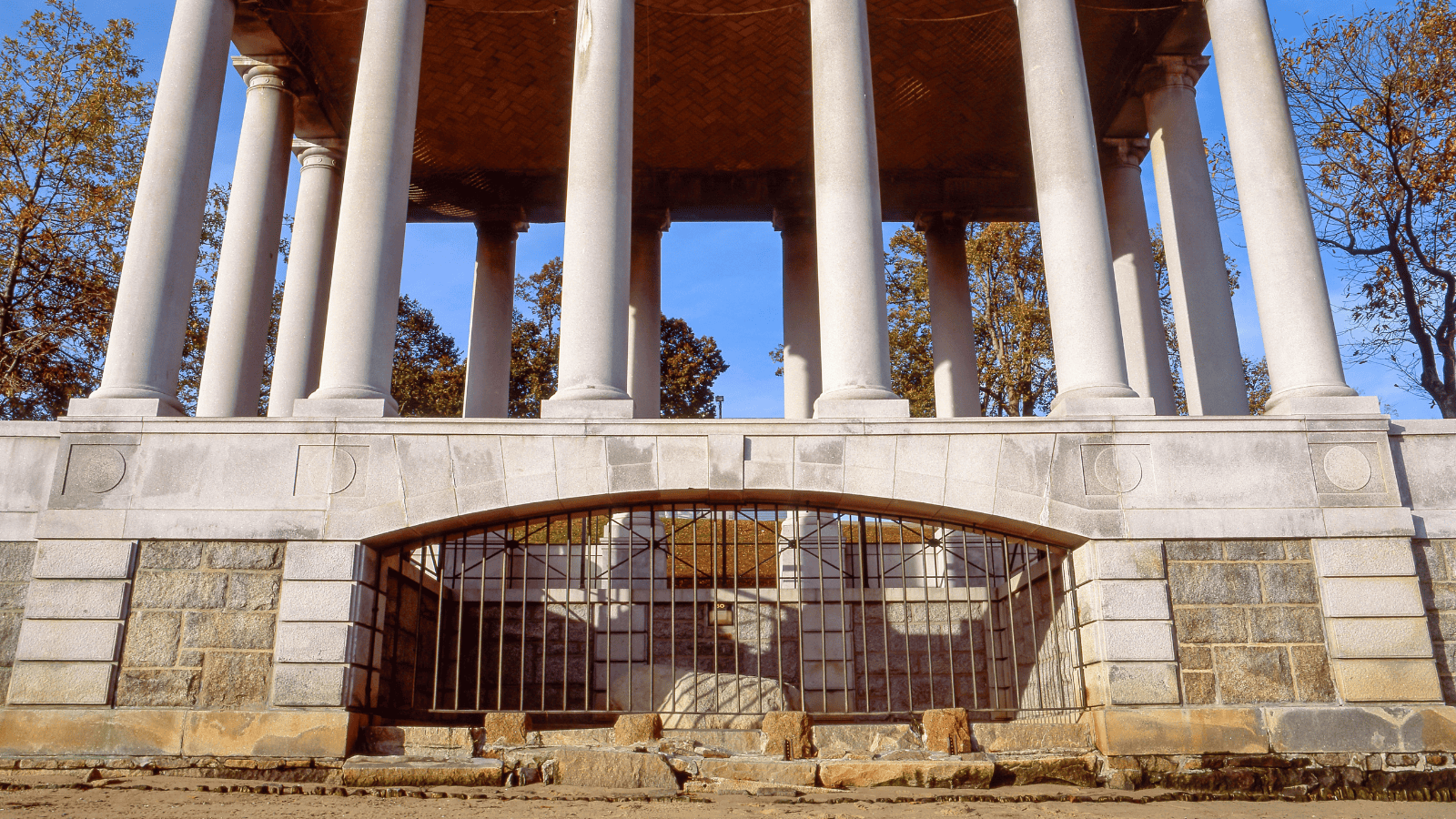
Plymouth Rock, symbolizing the arrival of the Pilgrims, has become less of a draw due to its underwhelming physical presence and the growing awareness of the complex history of colonialism in the United States.
The Alamo, San Antonio, Texas
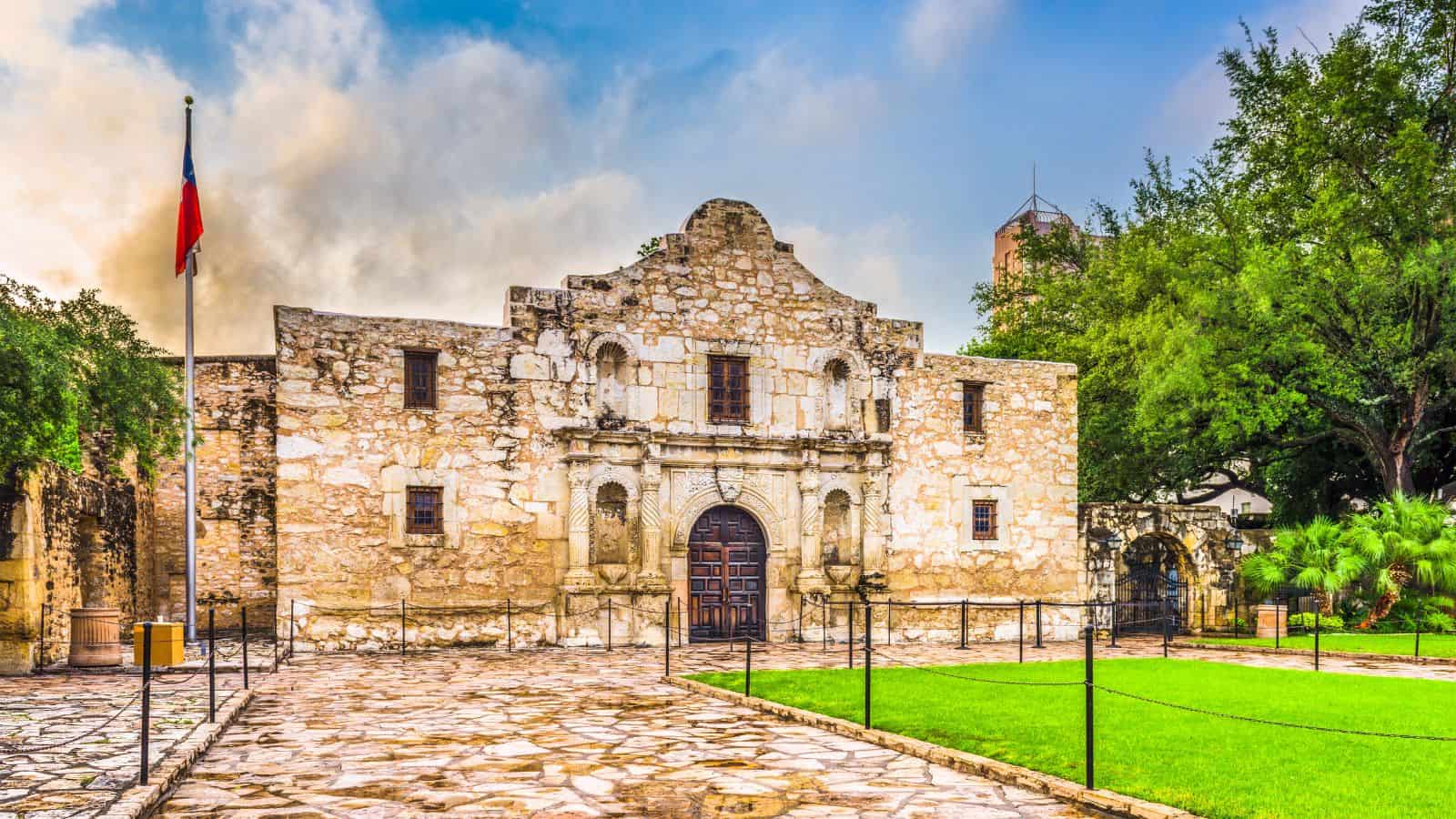
Once a beacon for Texas independence, Texas Monthly says that more than 1.5 million people visit the Alamo each year, but many leave underwhelmed due to the lack of interpretive signage, no visitor center, and no presentation of the enormous battlefield and the events that unfolded there. The urban development around it has also lessened its impact, making it less appealing to tourists seeking grand historical experiences.
Little Bighorn Battlefield, Montana
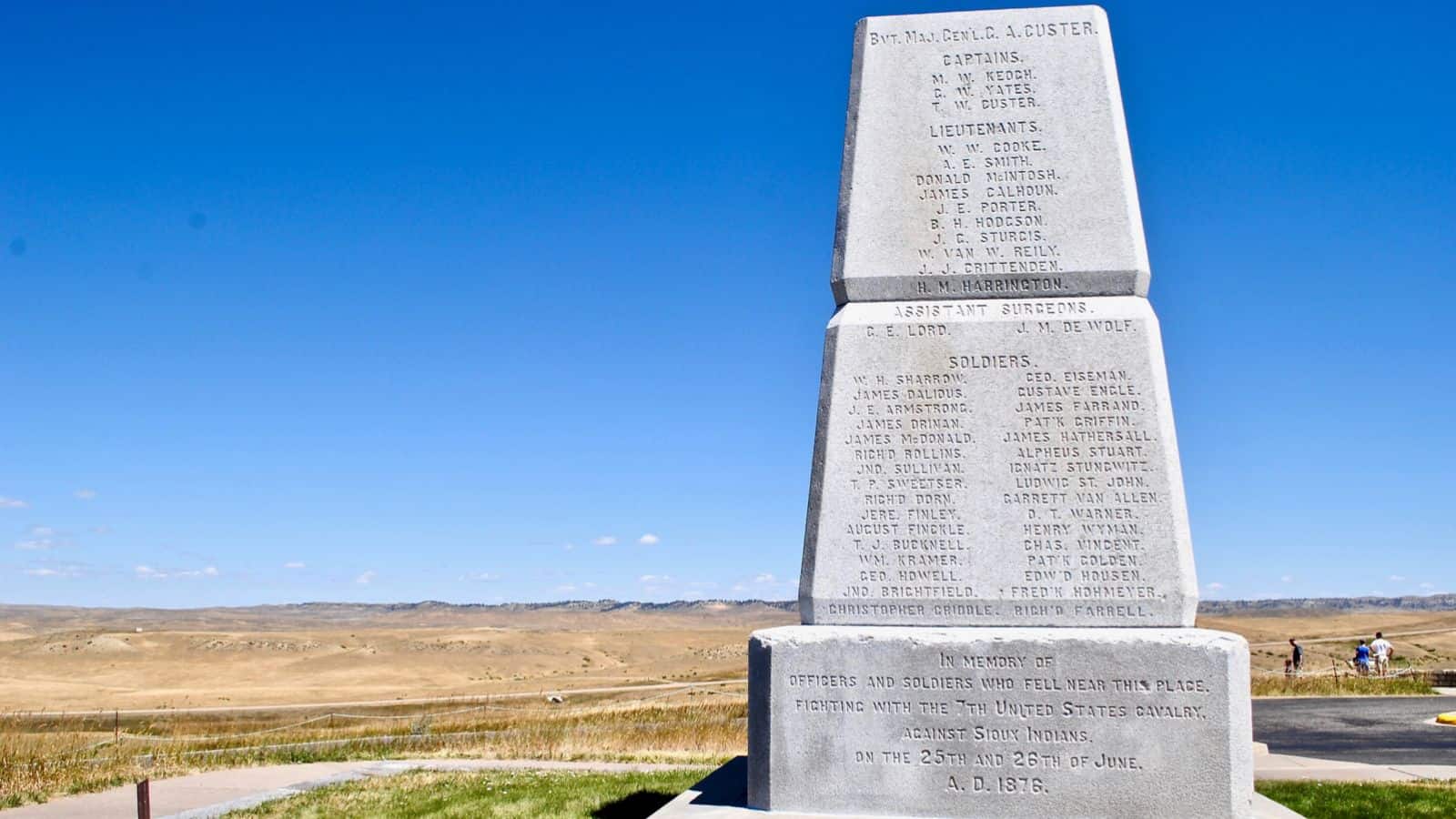
The site of Custer’s Last Stand, Little Bighorn Battlefield has seen a decline in visitors. The remote location and the evolving public perception of the events that took place there have contributed to its decreased popularity.
Ellis Island, New York
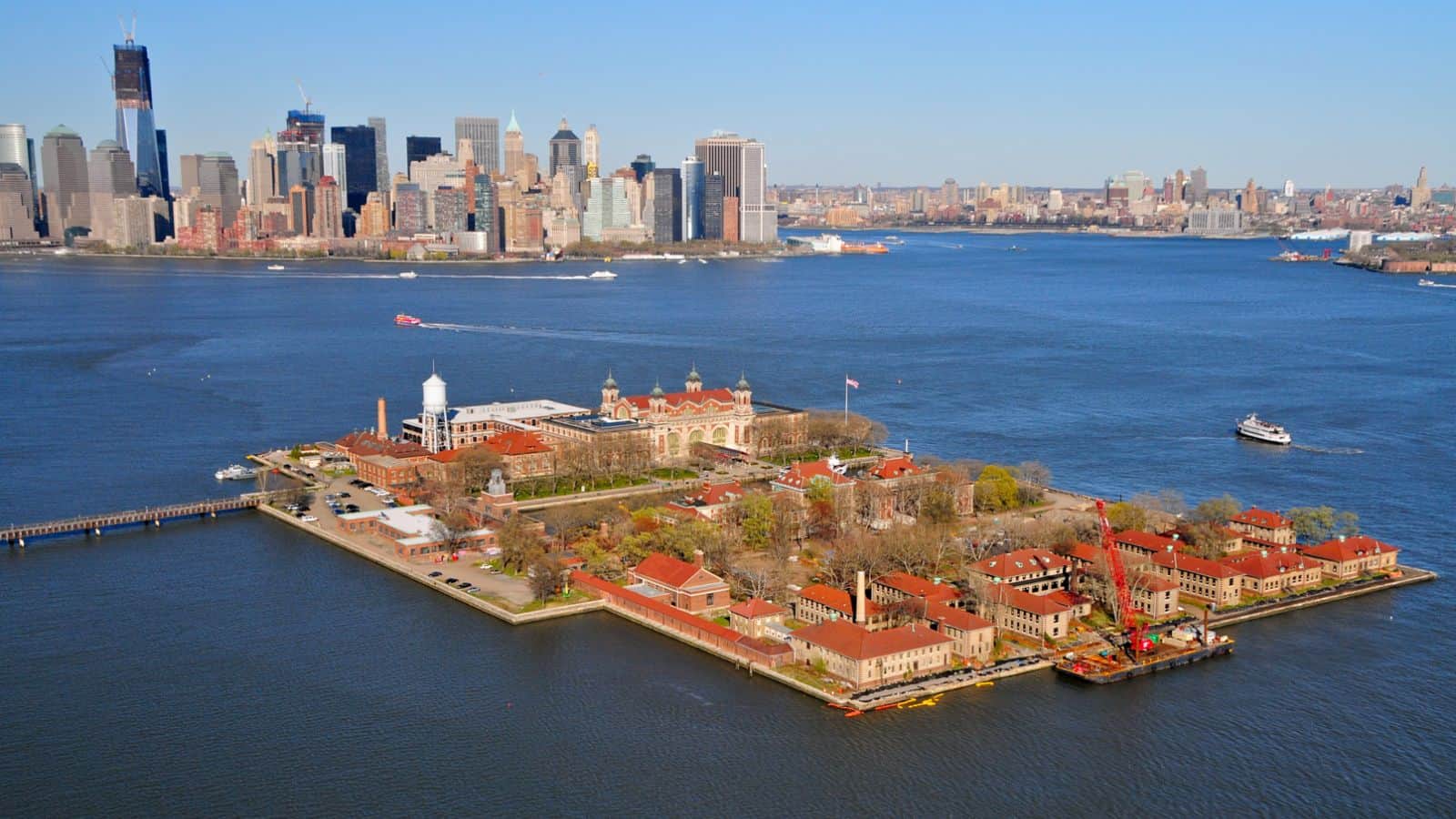
Ellis Island, the gateway for millions of immigrants, has lost some of its tourist appeal. With the rise of genealogy websites and digital archives, individuals can explore their heritage from home, reducing the need for physical visits. “Climate change threatens to drown Ellis Island,” according to PBS, meaning people should make the trip while they still can.
Hoover Dam, Nevada/Arizona
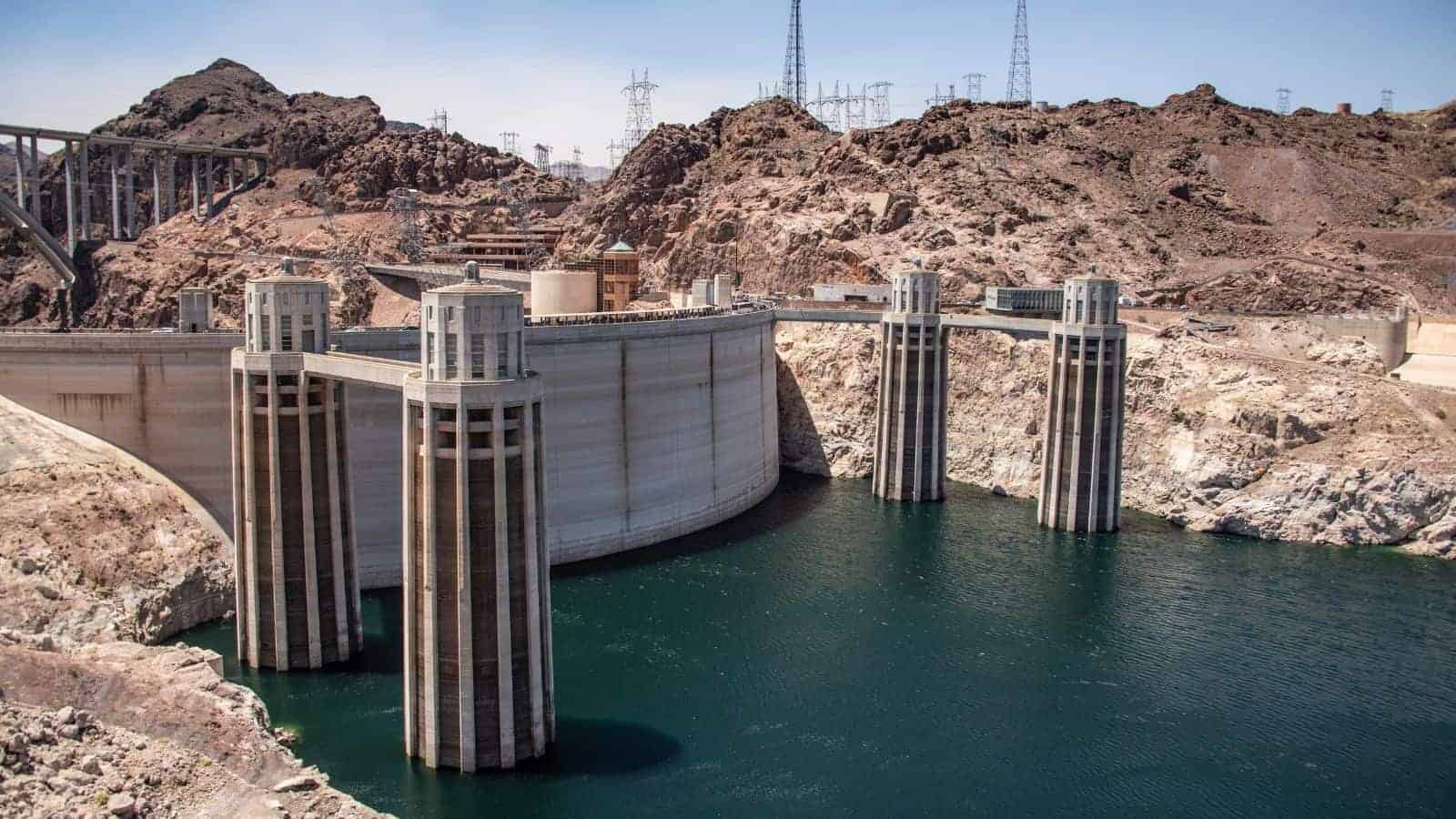
Once a marvel of engineering attracting scores of visitors, Hoover Dam’s popularity has diminished. Advances in technology and the construction of more spectacular structures have overshadowed the dam’s appeal.
Independence Hall, Philadelphia, Pennsylvania
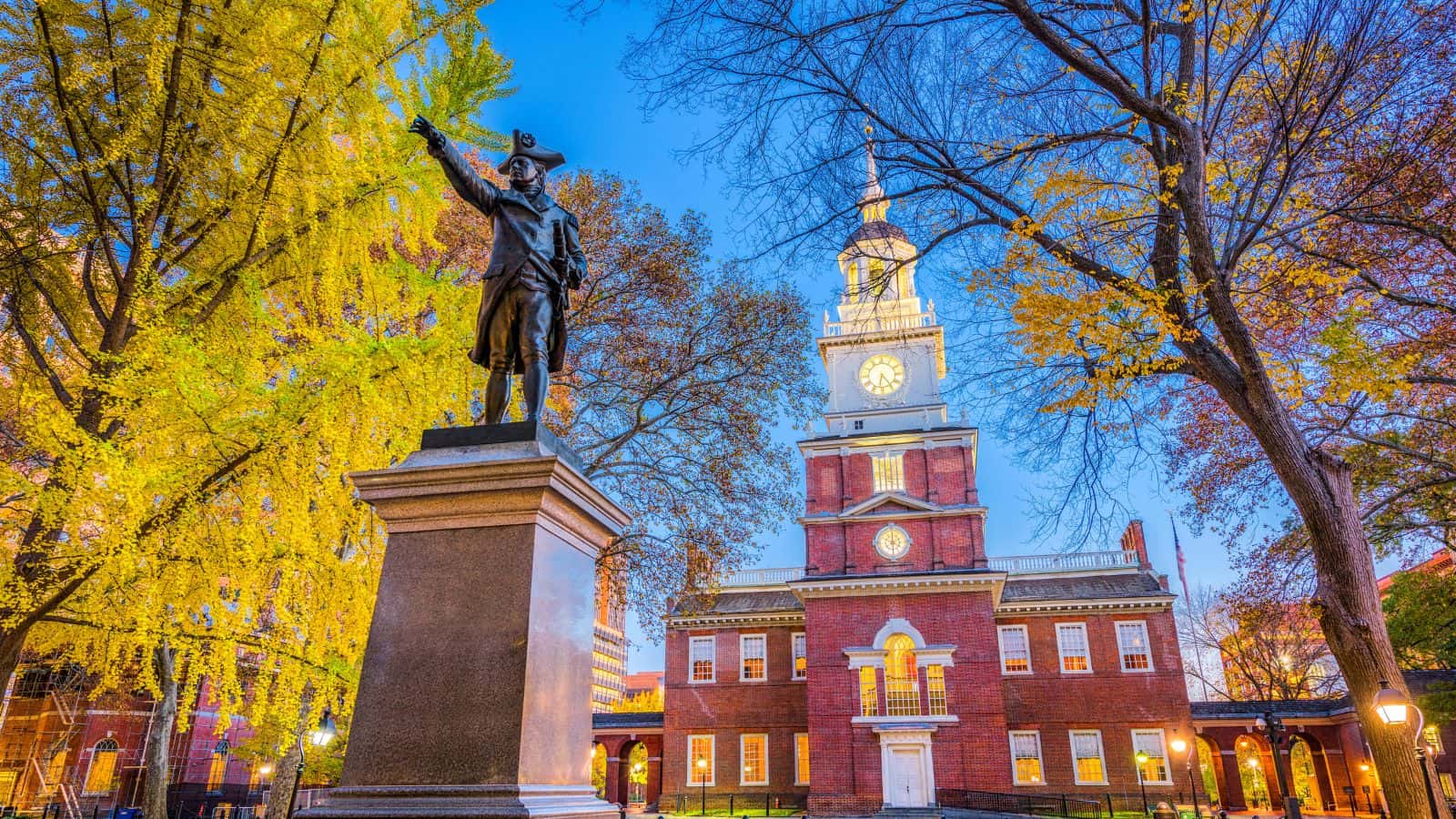
Independence Hall, the birthplace of American democracy, has experienced a decline in tourists. The abundance of historical sites in Philadelphia and the shift towards more interactive and modern attractions have impacted visitation.
Jamestown Settlement, Virginia
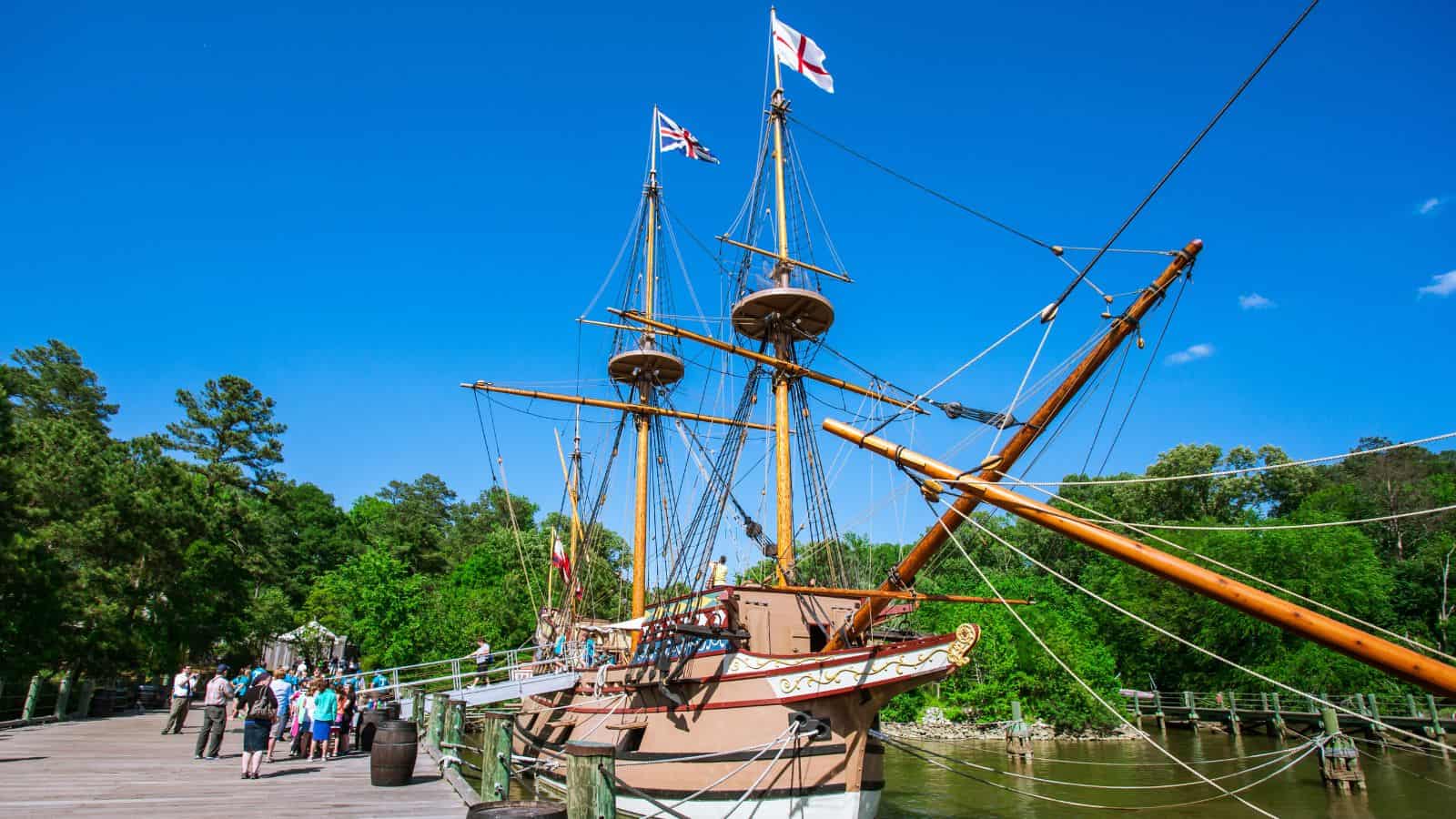
Jamestown, the first permanent English settlement in America, has seen a decrease in interest. The site’s remote location and competition with other colonial attractions in the region have contributed to its decline.
Civil War Battlefields

The Wall Street Journal says that, according to park service data, five major Civil War battlefield parks—Gettysburg, Antietam, Shiloh, Chickamauga/Chattanooga, and Vicksburg—had a combined 3.1 million visitors in 2018, down from about 10.2 million in 1970. Changing interests, a lack of awareness among younger generations, and the contentious nature of Civil War monuments have affected their popularity.
The Liberty Bell, Philadelphia, Pennsylvania
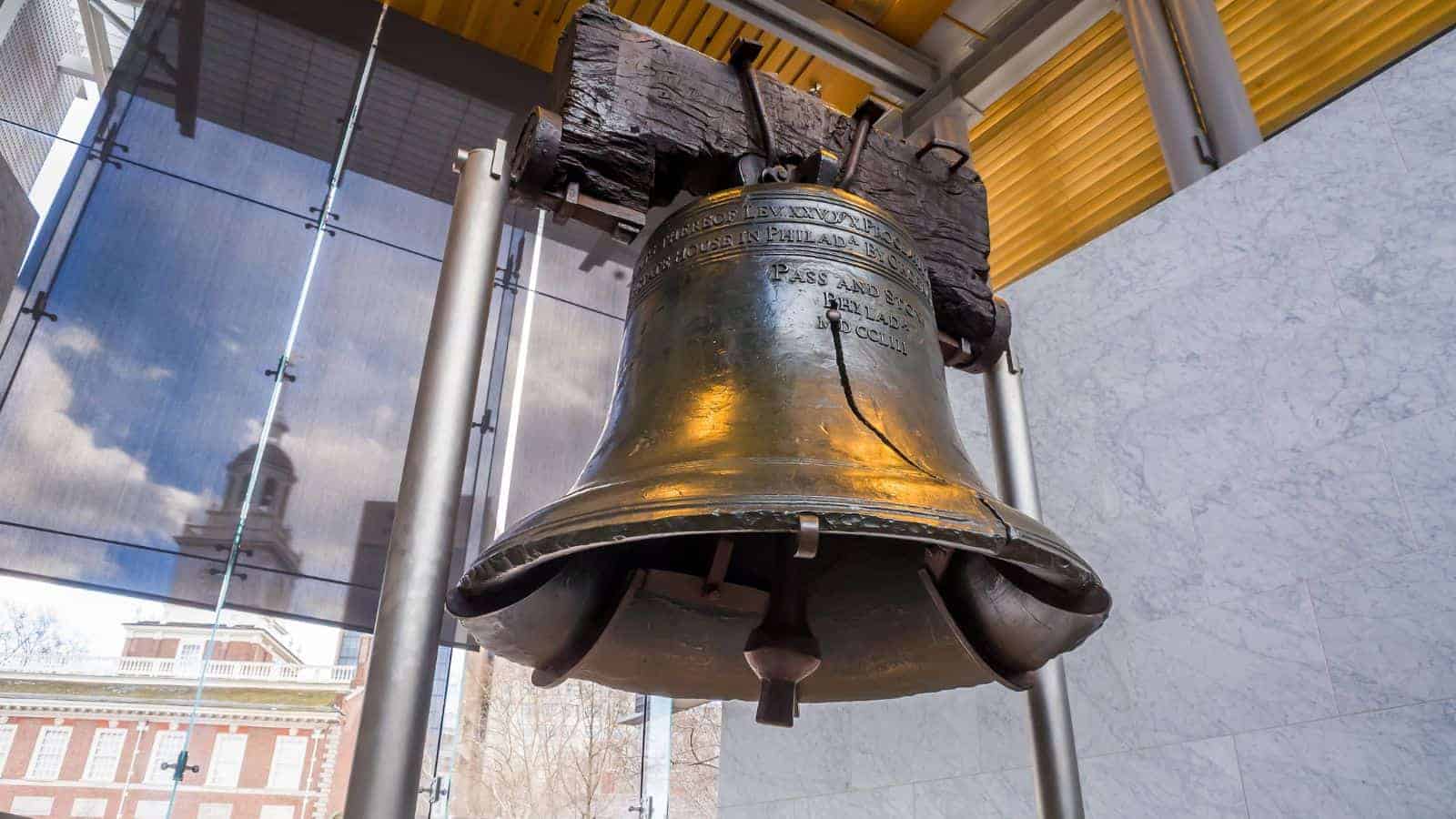
The Liberty Bell, once a must-see symbol of freedom, has experienced a drop in tourists. The bell’s stationary exhibit and the availability of virtual tours have reduced the urgency of in-person visits.
Colonial Williamsburg, Virginia
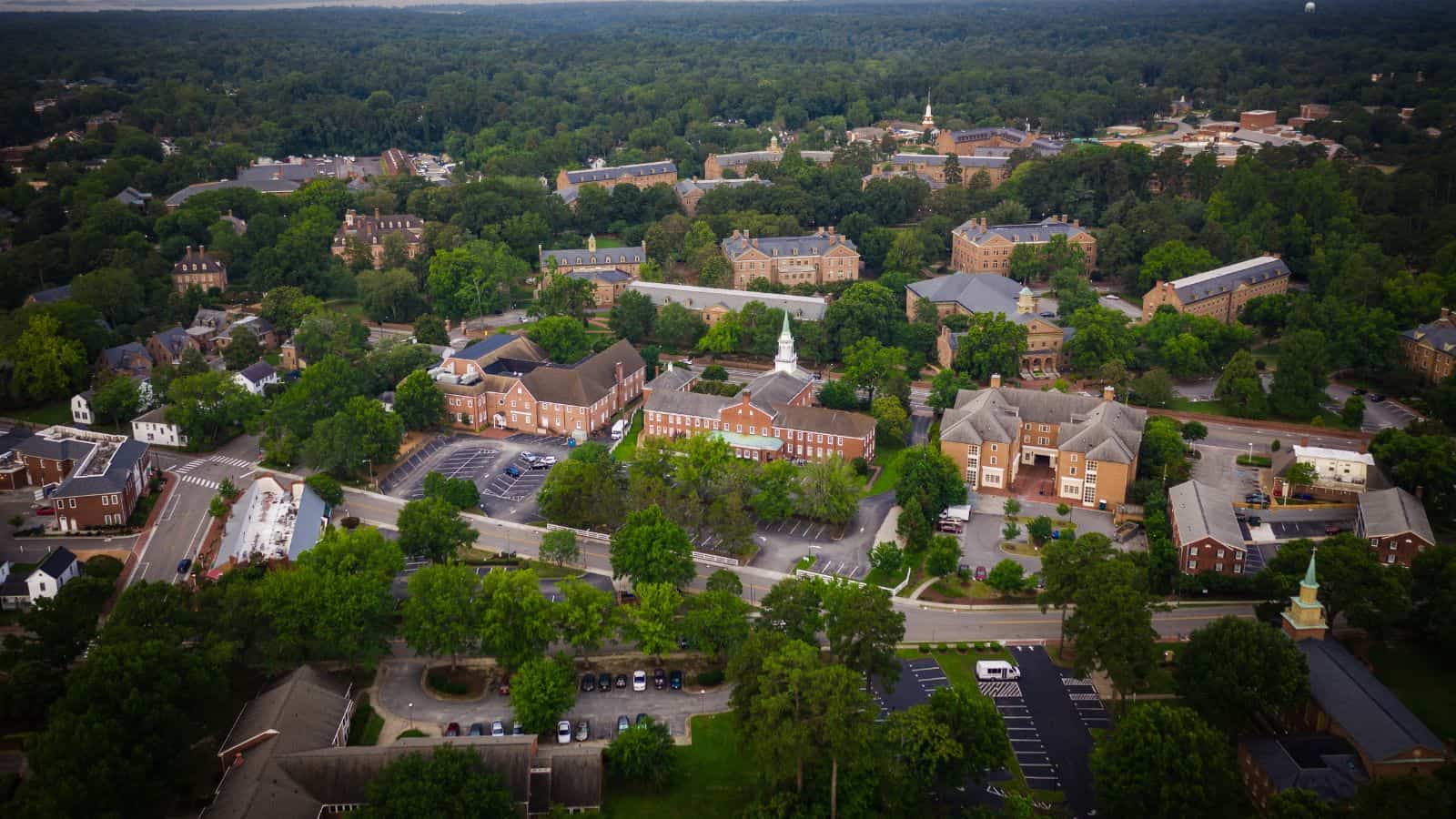
Colonial Williamsburg’s living history museum has seen fewer visitors in recent years. The rise of digital media and interactive learning has challenged the site’s traditional approach to history education.
The USS Arizona Memorial, Pearl Harbor, Hawaii
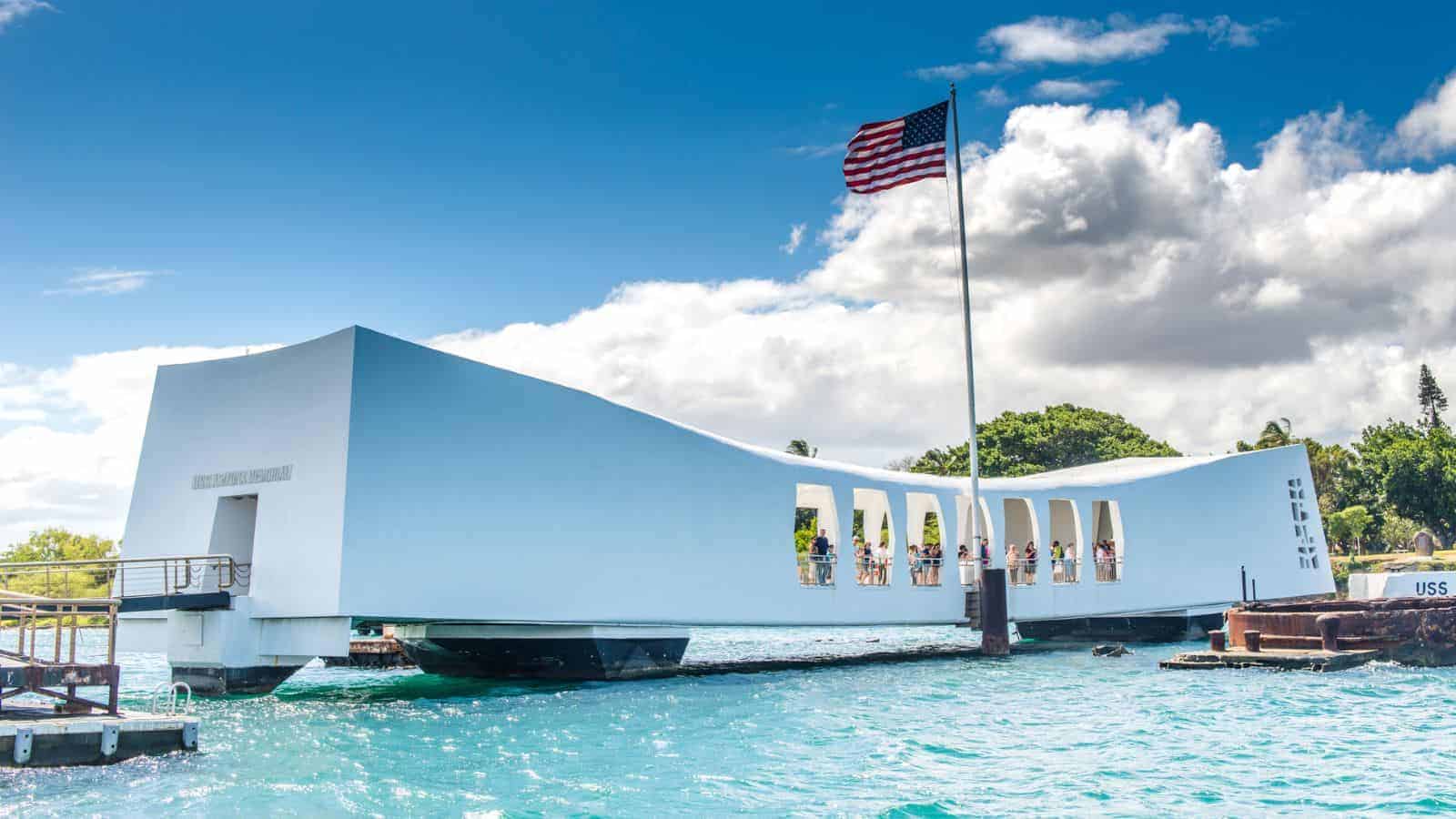
The USS Arizona Memorial, a solemn reminder of the attacks on Pearl Harbor, has faced a decline in visitors. The site’s location in Hawaii and competition with other World War II memorials have impacted its visitation.
The Gold Rush Ghost Towns of California
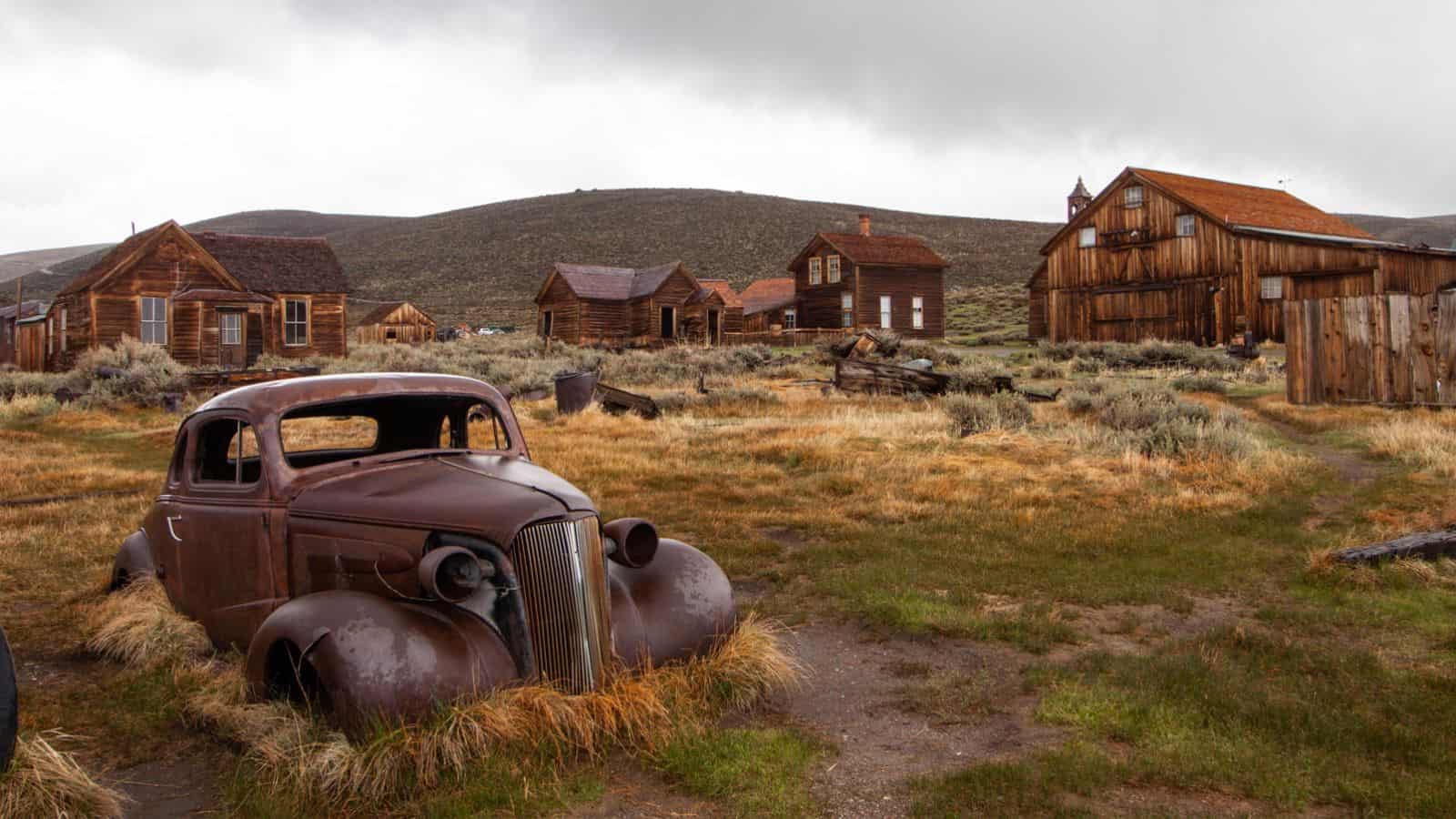
California’s Gold Rush ghost towns, once popular for their Wild West mystique, have become less frequented. The romanticized version of the Gold Rush era has lost its appeal to contemporary tourists seeking more modern attractions.
The Oregon Trail
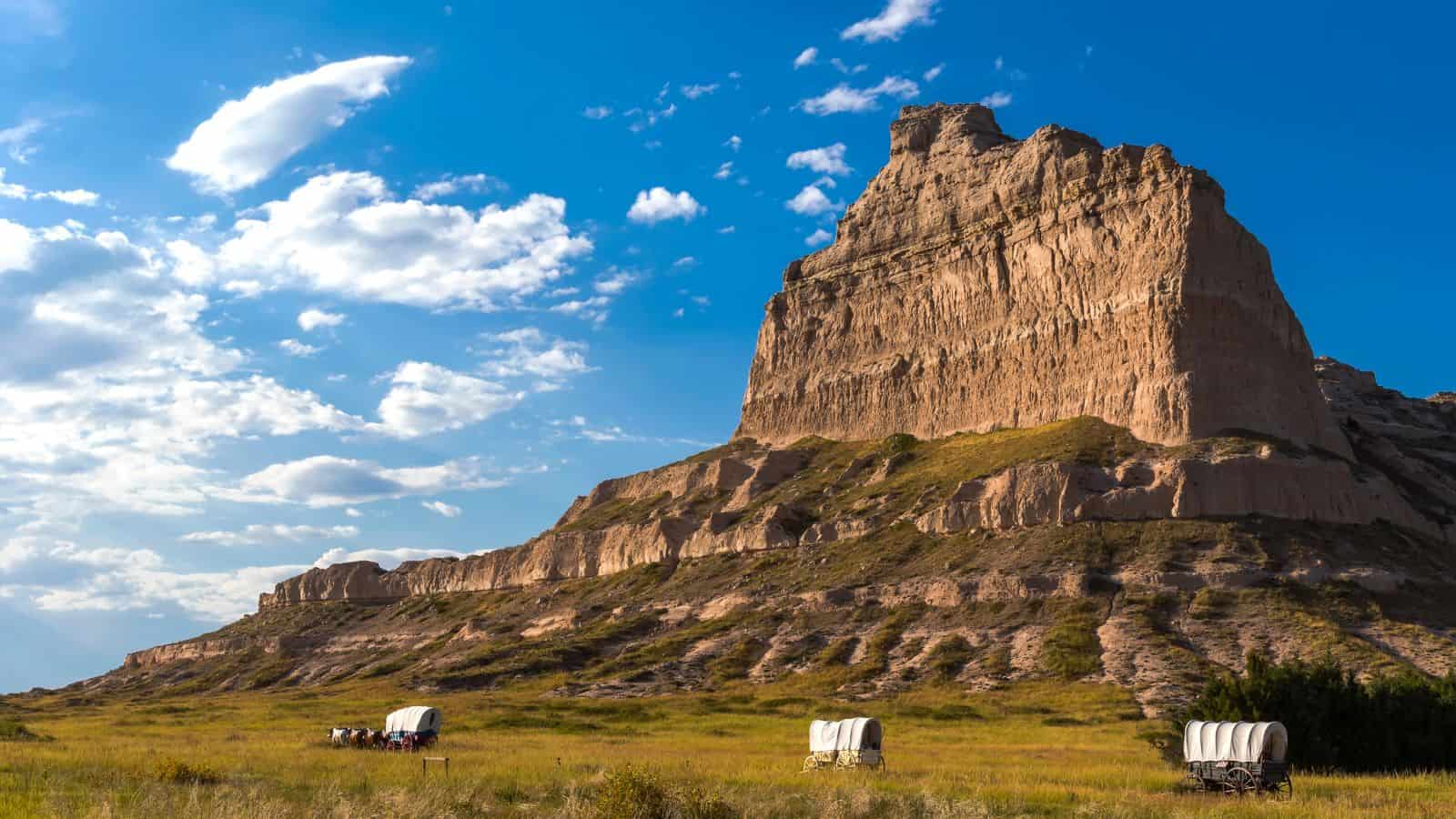
Not just a computer game kids once played in school, the Oregon Trail, a symbol of American westward expansion, has lost its appeal to tourists retracing its path. Modern transportation and the availability of virtual experiences have reduced the trail’s allure.
Niagara Falls, New York
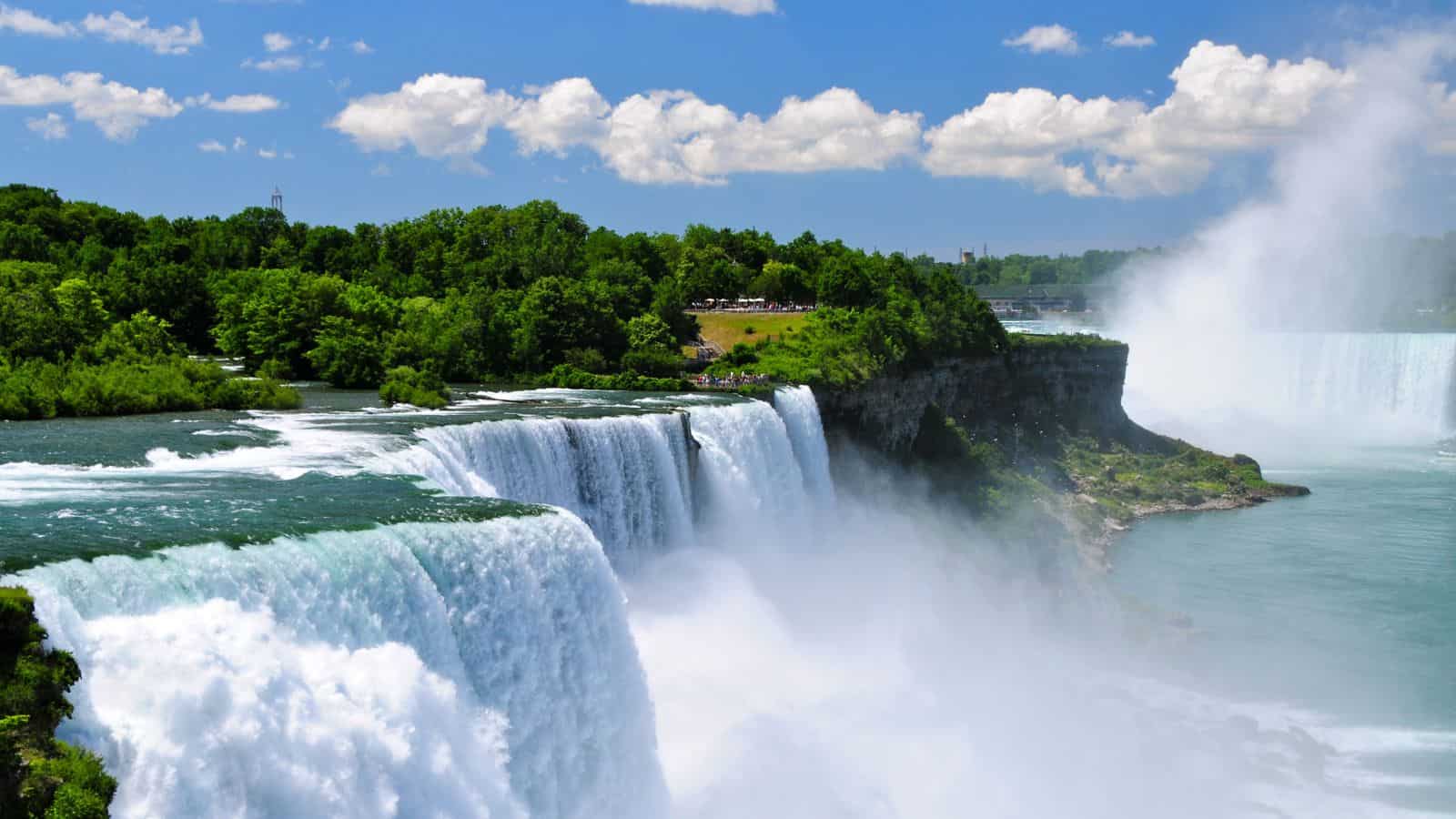
Niagara Falls, though still a natural wonder, has reported a decline in tourists and residents alike. “In a state of decline since the 1960s, Niagara Falls, New York, has seen its population drop in half, from a peak of 102,394 down to 50,193 today. During that same time, its neighbor, Niagara Falls, Ontario, has built itself up into the tourist draw that the American side once was,” writes Bloomberg.
Mauch Chunk Switchback Railway, Pennsylvania
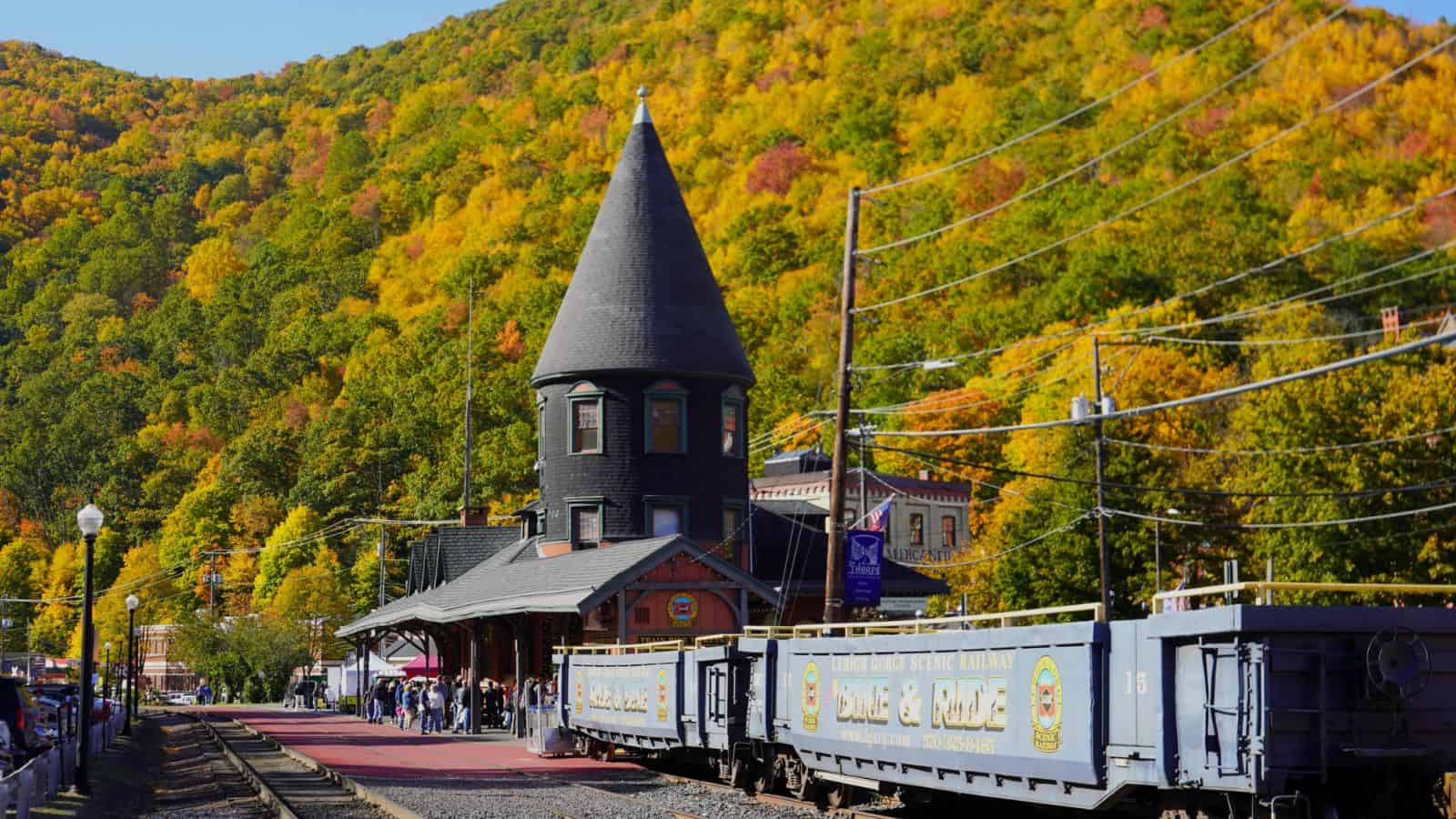
Opened in 1827, this former coal-hauling railroad in the mountains of Pennsylvania was converted into a popular scenic tourist ride in the 1870s, decades before amusement parks. It closed in 1933 as tourists moved on to more modern attractions.
The California Missions Trail
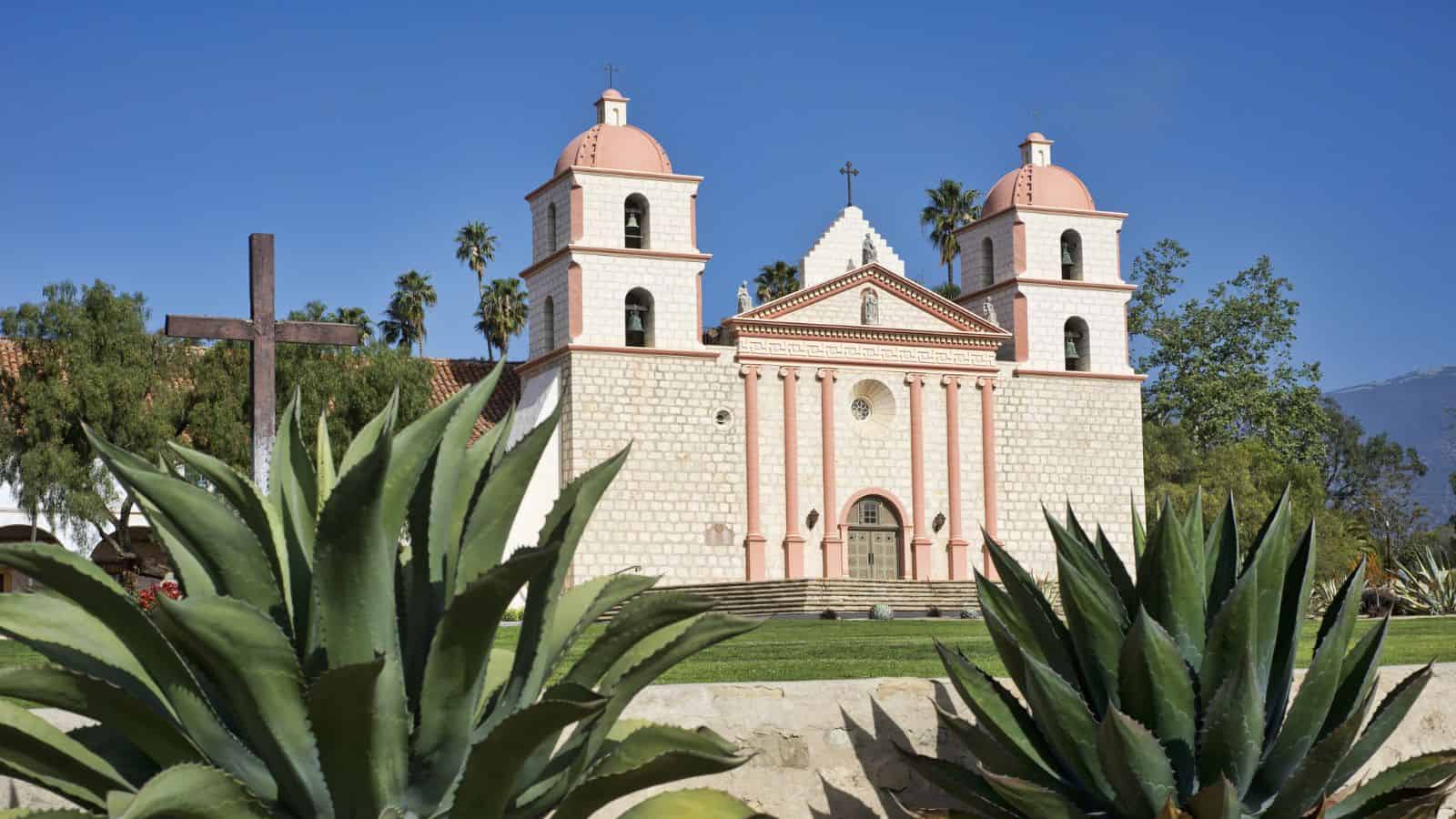
The California Missions Trail, showcasing the state’s early history, has experienced a decline in visitors. The missions’ somber history and the shift towards more contemporary attractions have contributed to decreased interest.
Up Next: 19 Signs That Say You’ve Officially Entered Old Age

Old age comes for us all, though we do our best to resist it for as long as possible. But aging isn’t only gray hair, wrinkled skin, and yelling at kids to get off your lawn. Here are 19 signs you’ve realized you’re no longer the young stud you once were!
19 SIGNS THAT SAY YOU’VE OFFICIALLY ENTERED OLD AGE
17 Things That Are Too Woke For Boomers

Our society is so different from what it was decades ago, and boomers don’t like much of what everyone considers normal in today’s society. In this light, here are 17 things about ‘woke culture’ that particularly make boomers uncomfortable.
17 THINGS THAT ARE TOO WOKE FOR BOOMERS
17 Things You’re Just Too Old To Be Doing Anymore

The older you get, the more fragile you are physically and mentally, so it’s important to prioritize your well-being every day. Whether you still feel young at 50 or are closer to 80, we’ve compiled 17 things you’re too old to be doing anymore.
